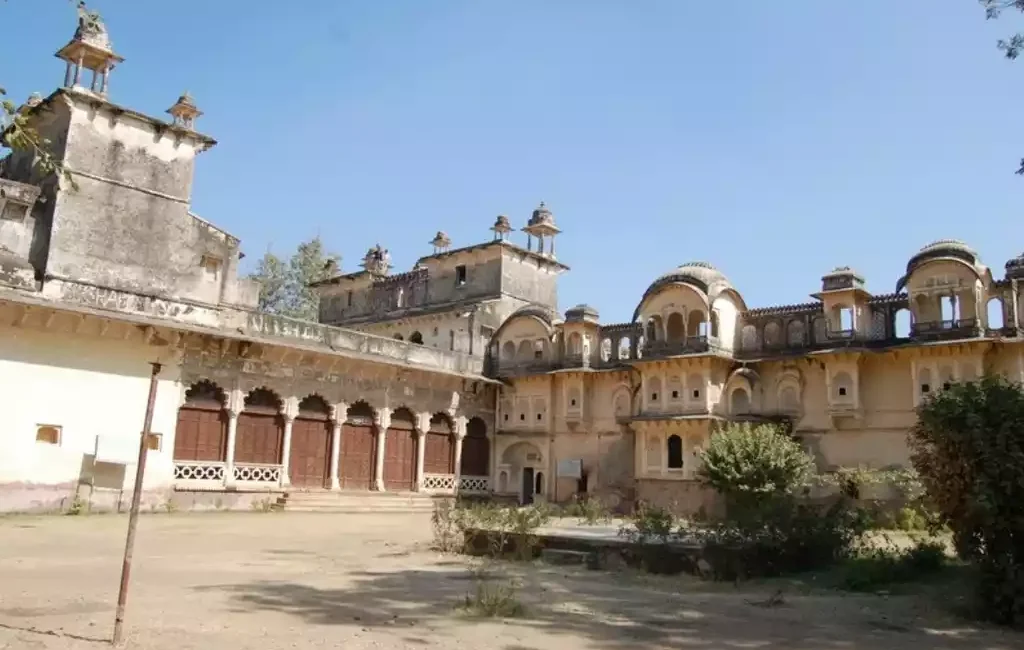A Comprehensive Guide to Sheopur District
Introduction
Sheopur district, located in the northern part of Madhya Pradesh, India, is a region rich in history, culture, and natural beauty. This article delves deep into various aspects of Sheopur, providing an extensive overview that includes its geography, demographics, cultural heritage, cuisine, historical significance, notable poets and authors, and administrative structure.
Geography of Sheopur
Sheopur is positioned at a strategic location with coordinates approximately at 25.67°N latitude and 76.70°E longitude. The district spans an area of about 6,606 square kilometers, characterized by a diverse landscape that includes forests, rivers, and plains.
Rivers and Natural Resources
The Chambal River is a significant geographical feature of Sheopur, contributing to the region's agriculture and ecosystem. The district is also home to the Kuno Wildlife Sanctuary, a haven for biodiversity and an important conservation area for species such as the Indian wolf and the Asiatic lion.
Demographics
As of the latest census, Sheopur district has a population of approximately 700,000 people. The population is a mix of various ethnic groups and communities, reflecting a tapestry of cultural diversity.
Population Distribution
- Rural vs Urban: The district is predominantly rural, with about 85% of the population residing in villages.
- Literacy Rate: The literacy rate in Sheopur stands at around 58%, with ongoing efforts to improve education infrastructure.
- Languages: Hindi is the primary language spoken, with dialects such as Malwi and Bundeli also prevalent.
Cultural Heritage
Sheopur boasts a rich cultural heritage influenced by its history and the various communities that inhabit the region. Festivals, traditional music, dance forms, and crafts are integral to the district's cultural identity.
Festivals
Prominent festivals celebrated in Sheopur include Diwali, Holi, Eid, and local fairs such as the Kartik Mela. These festivals showcase the district's vibrant traditions and community spirit.
Traditional Crafts
The district is known for its handicrafts, particularly the art of block printing and pottery. These crafts not only reflect the artistic skills of the local artisans but also contribute to the district's economy.
Cuisine
The cuisine of Sheopur is a delightful blend of traditional Madhya Pradesh flavors with local specialties. Staple foods include wheat, maize, and lentils, often prepared with a variety of spices and herbs.
Popular Dishes
- Baati: A baked dish made from wheat flour, served with dal and ghee.
- Poha: A breakfast dish made from flattened rice, seasoned with turmeric, mustard seeds, and green chilies.
- Chakki Ki Shaak: A unique dish made from wheat dough, cooked in a spicy gravy.
Historical Significance
Sheopur has a rich historical backdrop, with influences from various dynasties and empires that ruled over the region. It was once part of the princely state of Gwalior during the British Raj.
Historical Landmarks
- Sheopur Fort: An ancient fort that stands as a testament to the district's historical significance, showcasing Mughal and Rajput architectural styles.
- Baroda: A historical town known for its ancient temples and monuments.
Notable Poets and Authors
Sheopur has been home to several poets and authors who have contributed significantly to Indian literature. Their works often reflect the region's cultural and social milieu.
Prominent Figures
- Maharaja Chhatrasal: A legendary poet and warrior known for his contributions to Bundeli literature.
- Padmakar: A poet whose works in Braj Bhasha are celebrated for their lyrical beauty and philosophical depth.
Administration
The administrative structure of Sheopur district is designed to ensure effective governance and development. The district is divided into several tehsils and blocks for better administration.
Administrative Divisions
- Tehsils: Sheopur is divided into four tehsils—Sheopur, Vijaypur, Karahal, and Baroda.
- Panchayats: The rural areas are managed through a system of panchayats, which play a crucial role in local governance and development.
Conclusion
Sheopur district, with its rich history, diverse culture, and significant natural resources, offers a unique glimpse into the heart of Madhya Pradesh. From its scenic landscapes and wildlife to its vibrant festivals and traditional crafts, Sheopur is a region that encapsulates the essence of India's cultural and natural heritage.
Suggested Diagram
Here is a suggested diagram in Markdown Mermaid syntax to represent the administrative divisions of Sheopur district:
This diagram provides a visual representation of the administrative structure, highlighting the division into tehsils and the role of panchayats in local governance.
